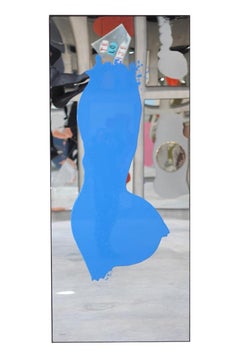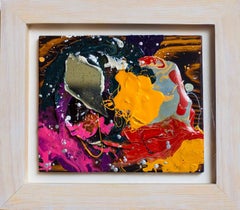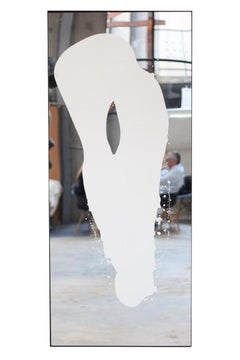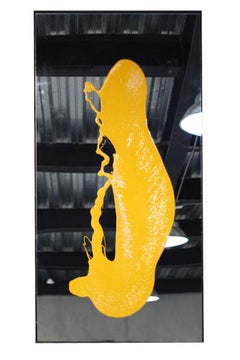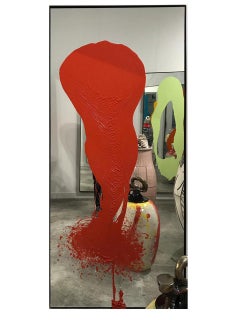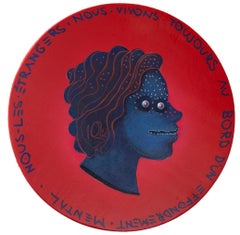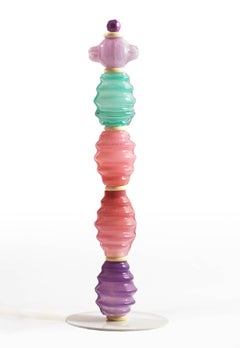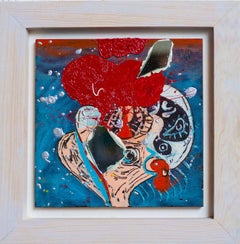Ray Smith More Art
Ray Smith is a contemporary artist who combines the techniques of print- and collage-making with a Cubist aesthetic in his unique signature compositions. His abstract paintings and sculptures can often be classified as Surrealist for their otherworldly qualities. Smith uses anthropomorphism and visual juxtaposition to jar the viewer and give his creations a magically alien quality.
Smith was born in Texas in 1959 but grew up in Central Mexico. He attended art school in both countries before settling in Cuernavaca, Mexico; he also regularly traveled to New York. He held his first solo exhibitions in Mexico at the Instituto Mexicano Norteamericano de Relaciones Culturales in 1979 and in New York at Tower Gallery in 1984.
Smith’s work grew in prestige and popularity over the years for its exuberant style and cross-cultural sensibilities. He drew as much from famed European artists like Pablo Picasso as from the traditional Mexican muralists, exploring themes such as birth, family, culture, war, politics and death. By 1989, Smith was participating in the Whitney Biennial in New York City.
Smith has continued to exhibit his work in the United States and Mexico. His paintings are in the collections of the Brooklyn Museum, the Whitney Museum of American Art, the Metropolitan Museum of Art and the Centro Cultural de Arte Contemporáneo in Mexico City.
In 2019, Smith held a “Celebrating 10 Years of Ray Smith Studio” exhibition at his studio in Brooklyn, New York. Today, he splits his time between New York and Cuernavaca, Mexico.
On 1stDibs, find Ray Smith’s paintings, sculptures and other art.
2010s Abstract Ray Smith More Art
Mirror
2010s Contemporary Ray Smith More Art
Mirror, Wood, Paint
2010s Contemporary Ray Smith More Art
Mirror, Wood, Paint
2010s Abstract Ray Smith More Art
Mirror
2010s Abstract Ray Smith More Art
Mirror
2010s Abstract Ray Smith More Art
Mirror
2010s Pop Art Ray Smith More Art
Wood, Spray Paint, Acrylic
2010s Abstract Ray Smith More Art
Steel, Iron
Mid-19th Century Old Masters Ray Smith More Art
Oil
2010s Contemporary Ray Smith More Art
Mirror, Oil, Panel
2010s Street Art Ray Smith More Art
Wood, Spray Paint, Acrylic
2010s Contemporary Ray Smith More Art
Mirror
17th Century Old Masters Ray Smith More Art
Oil, Wood Panel
2010s Contemporary Ray Smith More Art
Mirror
2010s Realist Ray Smith More Art
Oil, Canvas
2010s Contemporary Ray Smith More Art
Mirror
2010s Contemporary Ray Smith More Art
Mirror
17th Century Old Masters Ray Smith More Art
Oil, Canvas
2010s Contemporary Ray Smith More Art
Mirror, Wood, Paint
